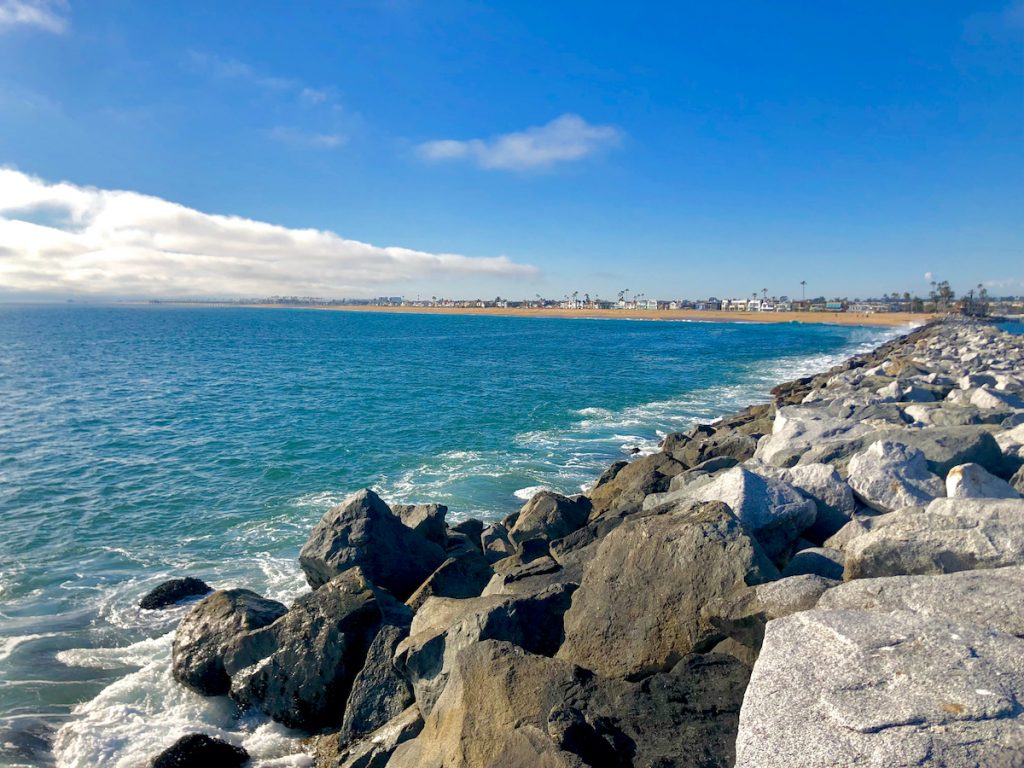Plastic has been part of our lives as consumers. From the moment we take a shower in the morning up to doing our evening routine right before we hit the sack, we are heavily consuming plastic products. The world’s plastic consumption has gone haywire, so much so that people can’t imagine a world without it.
Plastic has been an integral part of global development, as well. It has paved the way for advancement in technology, transportation, medicine, and even space travel. However, the problem arises when single-use plastic comes into the picture. The plastic bag, plastic packaging, and the notorious plastic straw are some of the most common examples of these. Single-use plastics have cultivated a throwaway culture that has, unfortunately, severely polluted the ocean.
According to Ocean Conservancy, 150 million metric tons of plastic are already present in bodies of water, and an additional eight million metric tons go to the oceans annually. By now, plastic has infiltrated marine life. Sixty percent of seabirds and sea turtle species have ingested plastic. Moreover, plastic could take 400 years to decompose.
Until experts and authorities come up with a long-term solution, people are taking it upon themselves to help decrease the use of plastic. Individuals have begun bringing reusable bags to the supermarket to avoid single-use plastic upon checkout. Some people who are patient enough are adopting a zero-waste lifestyle where they almost entirely cut down all sources of trash.
However, there could be bigger ways to prevent plastic from reaching the landfill and the ocean:
-
Repurpose recycled plastic in mass-production
Molding companies use recycled plastic in the manufacturing process. One example would be using it in a large part injection molding process and turning it into spare parts for different materials. The good side of this is that multiple types of plastic can be used in this process, so even bottle caps will not be wasted. Because plastic can last for hundreds of years, plastic is a durable material. It is also easy to mold.

-
Construction
Construction is one of the largest industries in the world and, therefore, a significant contributor to carbon emissions. Fortunately, a study from MIT undergraduate students found that plastic can strengthen conventional concrete by 15%. They did this by pulverizing gamma-exposed plastic flakes then adding them to cement paste and fly ash.
Additionally, some eco-friendly houses have used plastic blocks. Plastic waste is shredded into little pieces and then melded together and formed into a block. Each block uses 20 plastic bottles. Plastic is good for insulation, which means that plastic blocks can help regulate indoor temperature for the room and serve as an aid to soundproofing materials. Plastic blocks also don’t need adhesives, unlike the conventional concrete hollow blocks.
The takeaway
In this day and age, there have been several innovations to sustainability. With initiatives taken by large industries such as manufacturing and construction, the world can take a step back from environmental harm. These sustainable ways— may it be personal or large-scale — give people hope that everyone can collectively save the Mother Earth.

